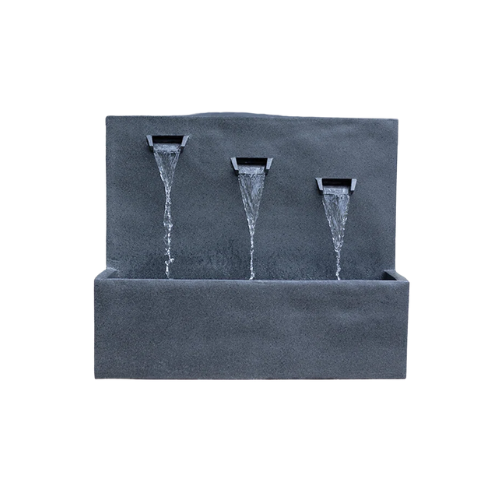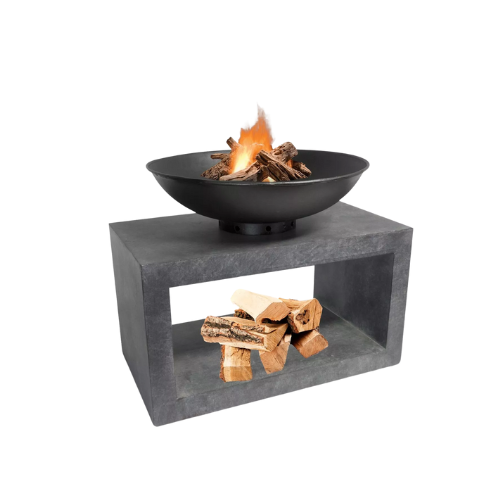5 Ways to Soundproof a Garden — For the Perfect Outdoor Retreat This Summer
Expert tips and tricks to soundproof your outdoor space for ultimate relaxation vibes
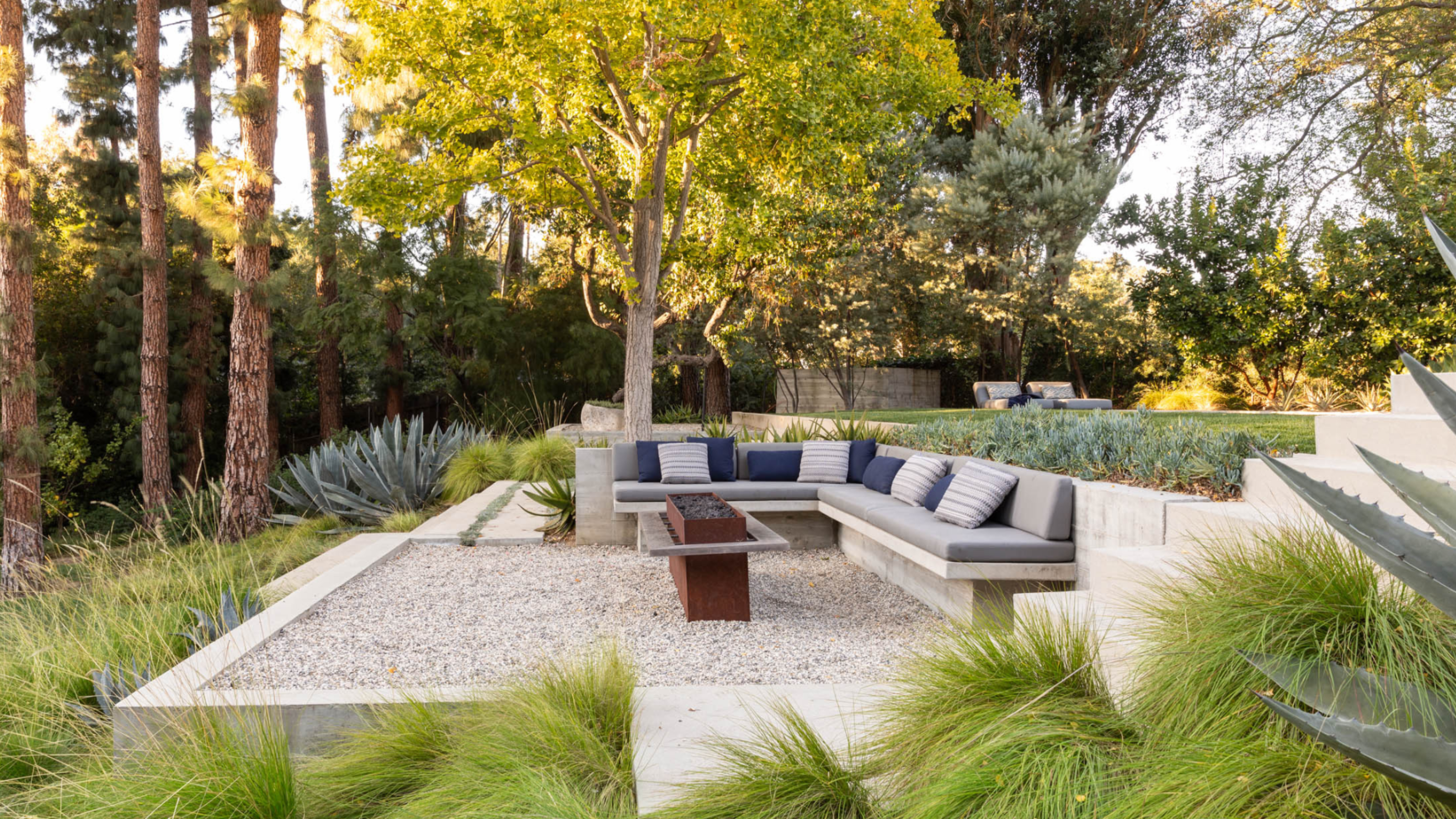

Nothing snaps you out of your summertime relaxation quite like the unwanted noises from the outside world. Whether that's blaring traffic or the screams of your neighbor's children, these intrusive sounds are a sure-fire way to ruin the outdoor haven you've spent so long creating.
So, when we realised we could use intentional design tricks to help soundproof our modern gardens, we were all ears. We understand that this may seem like an impossible task. After all, how can you sound-proof the outdoors? We were dubious ourselves, at first. However, as always, the experts have proven to us that when you know the right tricks, the world, or at least the garden, is your oyster.
So, start your summer off on the right note and thoroughly soundproof your backyard as soon as you can. Trust me, once you're able to lie out in the sun without the constant hoots and shouts of surrounding traffic, you won't regret it.
1. Dramatic Water Features
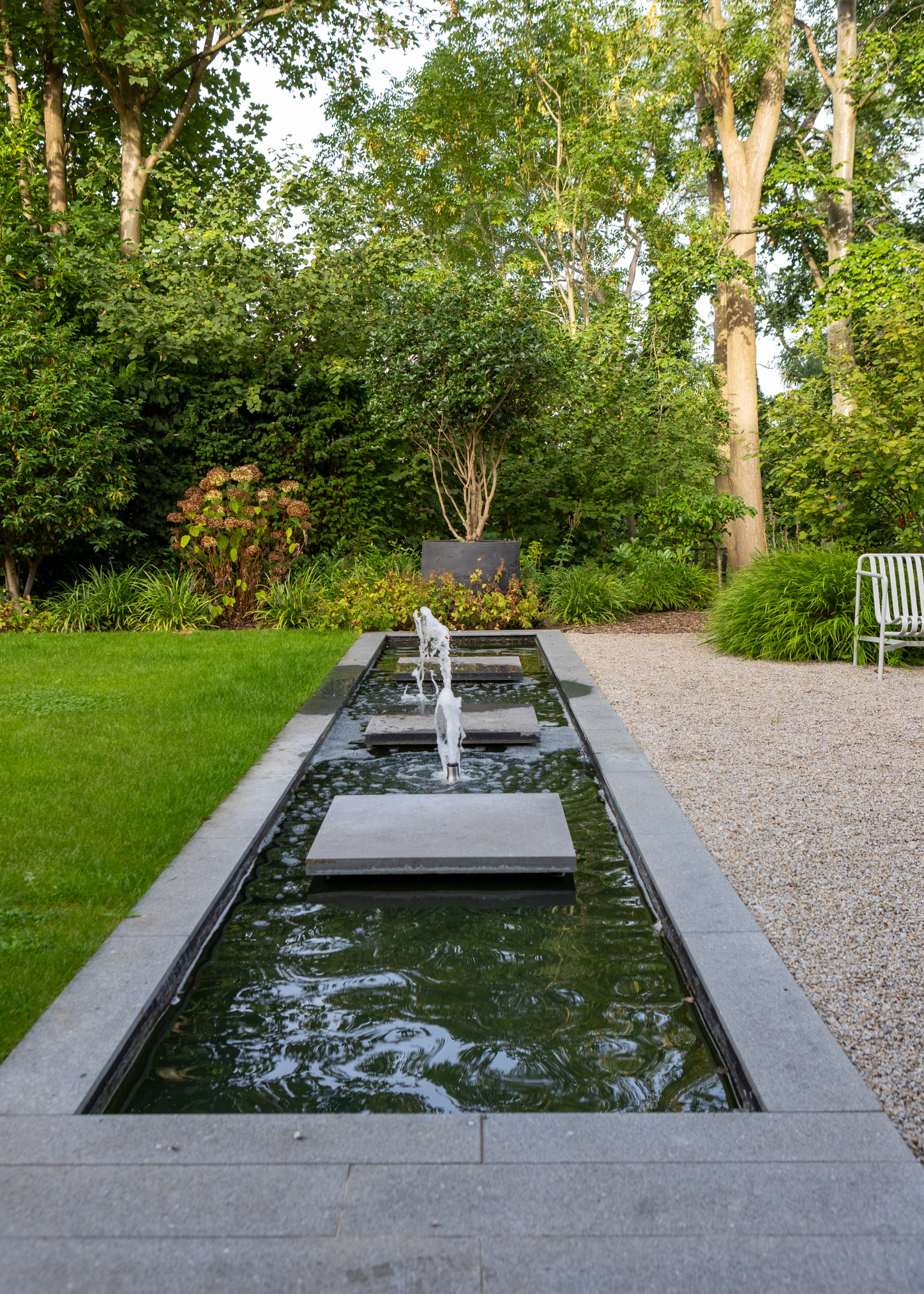
Choose a low fountain for a more contained noise level.
A striking water feature is a mainstay in luxury garden designs, but these elegant additions don't just look good; water features can also make your garden more private.
"Water features are a brilliant way to mask noise with pleasant, consistent sound," explains Mark Latchford, the director of landscape design at HollandGreen.
"A well-designed feature with flowing or bubbling water can create a tranquil atmosphere that distracts from traffic, neighbors, or city buzz," he says.
After all, there's no sound quite as relaxing as the gentle hum of running water, evoking the feel of a tropical escape in your back garden. "Bigger water features naturally generate more sound, but you’ll want to find the right balance — too much splashing can become intrusive or even annoying," Mark Latchford explains.
The Livingetc newsletters are your inside source for what’s shaping interiors now - and what’s next. Discover trend forecasts, smart style ideas, and curated shopping inspiration that brings design to life. Subscribe today and stay ahead of the curve.
The placement of your water fountain will dictate the degree of sound protection you can achieve.
"For maximum effect," Mark Latchford suggests, "place the water feature near where you’ll spend most of your time — like next to a seating area — rather than at the far end of the garden. If positioned near a wall or hard surface, the sound can bounce and gently amplify, adding to its effectiveness in masking other noises."
2. Dense Hedges
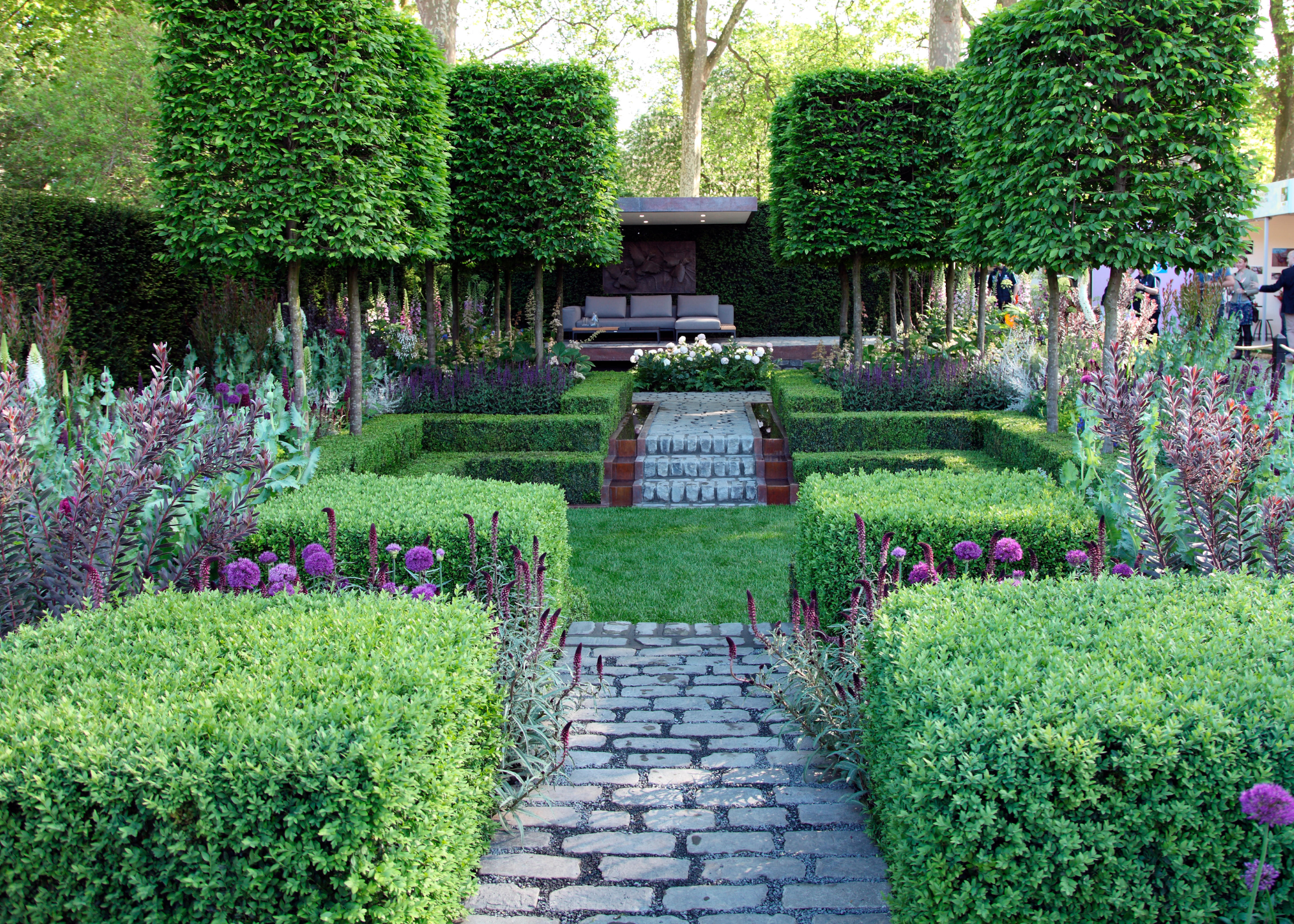
Dense hedges also give you plenty of space to practice your pruning skills.
When it comes to keeping out unwanted sounds, the denser and thicker your hedges, the better.
Mark Dwelly, the head gardener at Audley Stanbridge Earls, explains, "Solid fences or walls can block noise to an extent, but for maximum effect, opt for dense, layered planting with evergreen hedges and trees."
While a solid, sturdy fence or protective wall will help to a degree, this is nothing compared to the effect you can achieve when you combine them with some dense shrubbery.
"Plants and hedges are a great way to soundproof your garden," Mark Dwelly says, "I'd recommend evergreens like laurel, leylandii, holly, and yew for their year-round density. Bamboo is also excellent for sound absorption and grows quickly. For variety, mix in shrubs such as viburnum and photinia, and underplant with hardy ground covers like Pachysandra."
This mix of taller plants like bamboo and smaller shrubs will not only help with sound absorption but also offer your garden a beautiful, varied look, rich in textures and layers.
Choosing plants that maintain a healthy density throughout the year will also be key for a year-round soundproofed garden.
Landscape designer Katherine Aul Cervoni suggests, "Evergreens like Thuja, Ilex, and Viburnum for year-round structure and density."
The best evergreen trees and shrubs will protect your garden through the winter months, as well as during the summer.
She says, "American holly and arborvitae dense hedges serve as living walls that deliver excellent results when planted alongside native shrubs and ornamental grasses like switchgrass or fountain grass in staggered rows. They work as sound absorbers instead of reflectors, which significantly improves noise reduction."
These living privacy fences will always work best when you combine various species, with differing heights and densities.
Katherine continues, saying, "I love evergreens because they remain full throughout all seasons and preserve their sound-buffering capabilities without interruption."
Katherine "Kat" Aul Cervoni is the founder and principal of Staghorn as well as the blog, The Cultivation. Her passion for all things outdoor living is driven by her desire to help people reconnect to nature wherever they can. She believes that outside spaces should exist as natural extensions of the interiors, and brings this ethos to all her design projects.
3. Acoustic Fencing
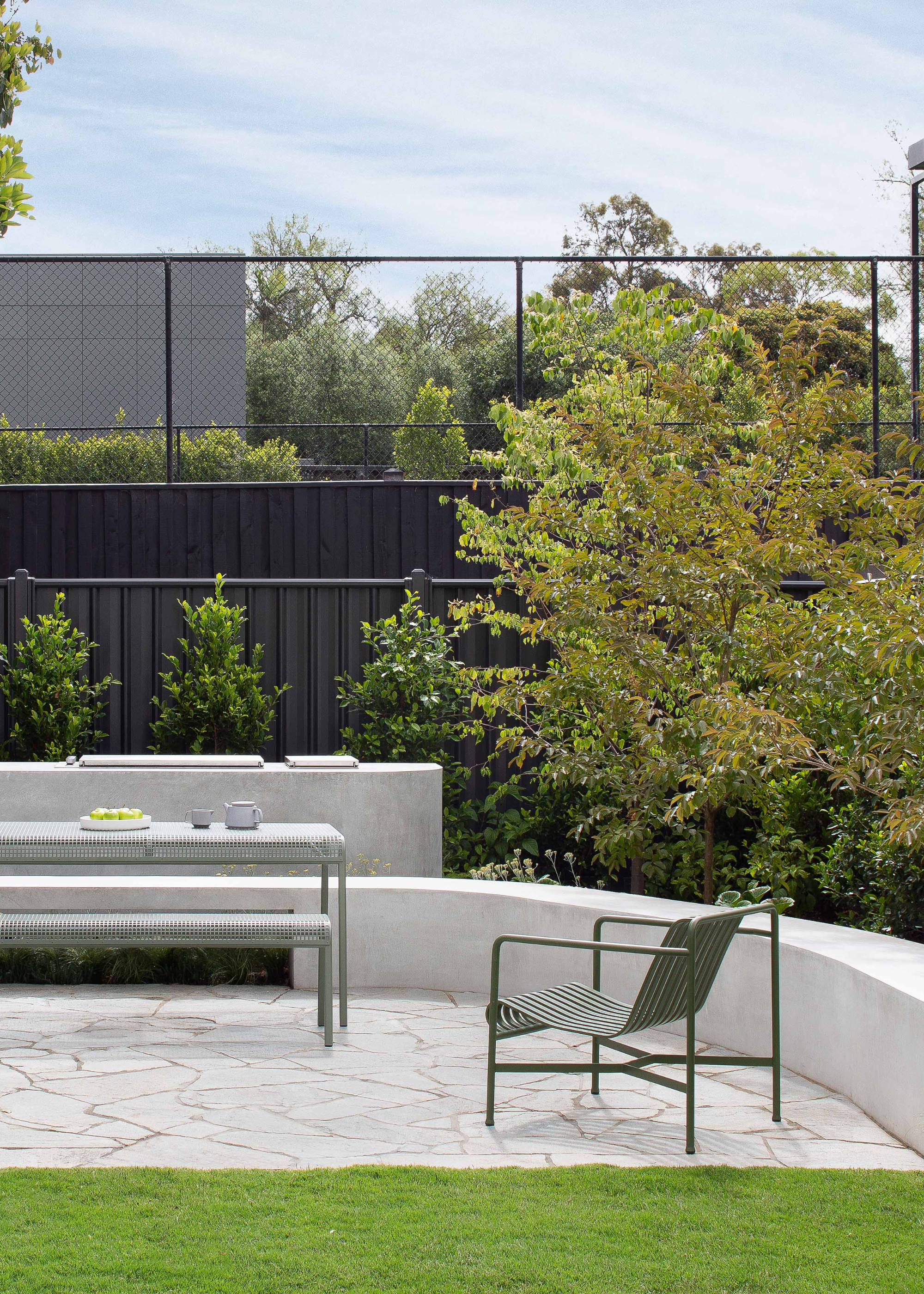
The taller your fence is, the better it will be at keeping noise out.
Unlike typical types of wooden fences, this style of fencing is specifically designed with soundproofing in mind.
"This is typically thicker and denser than standard garden fencing, and it’s specifically designed to absorb and dampen noise," explains Mark Latchford.
These noise-reducing fences may cost slightly more than your average fence, but they will make all the difference when it comes to the privacy of your garden. "If local regulations allow, installing it as high as possible makes a big difference, especially in suburban gardens where properties are close together," he says.
These tall privacy fences are typically constructed from more durable materials, like timber, and will include multiple layers to best absorb any excess sound.
"Acoustic fences help block direct noise transmission from roads, neighbors, or nearby activity, and they create a solid foundation for other sound-masking features," Mark Latchford explains.
4. Sunken Seating

Add a fire pit to make your sunken seating area the highlight of your garden design.
It's always good news when one of our favorite design features has functional value, alongside its aesthetic value, and that's exactly the case with this mid-century inspired furniture trend.
"Designing a garden with a sunken seating zone can be surprisingly effective," comments Mark Latchford.
A popular look for retro living rooms, this style is equally suited for striking outdoor spaces, especially for sunken outdoor firepits.
"When you step down into the space, your garden boundaries — such as fences and planting — become relatively higher," he explains, "This helps shield you from noise, allowing sound to travel over the area rather than directly through it."
5. Layer, Layer, Layer
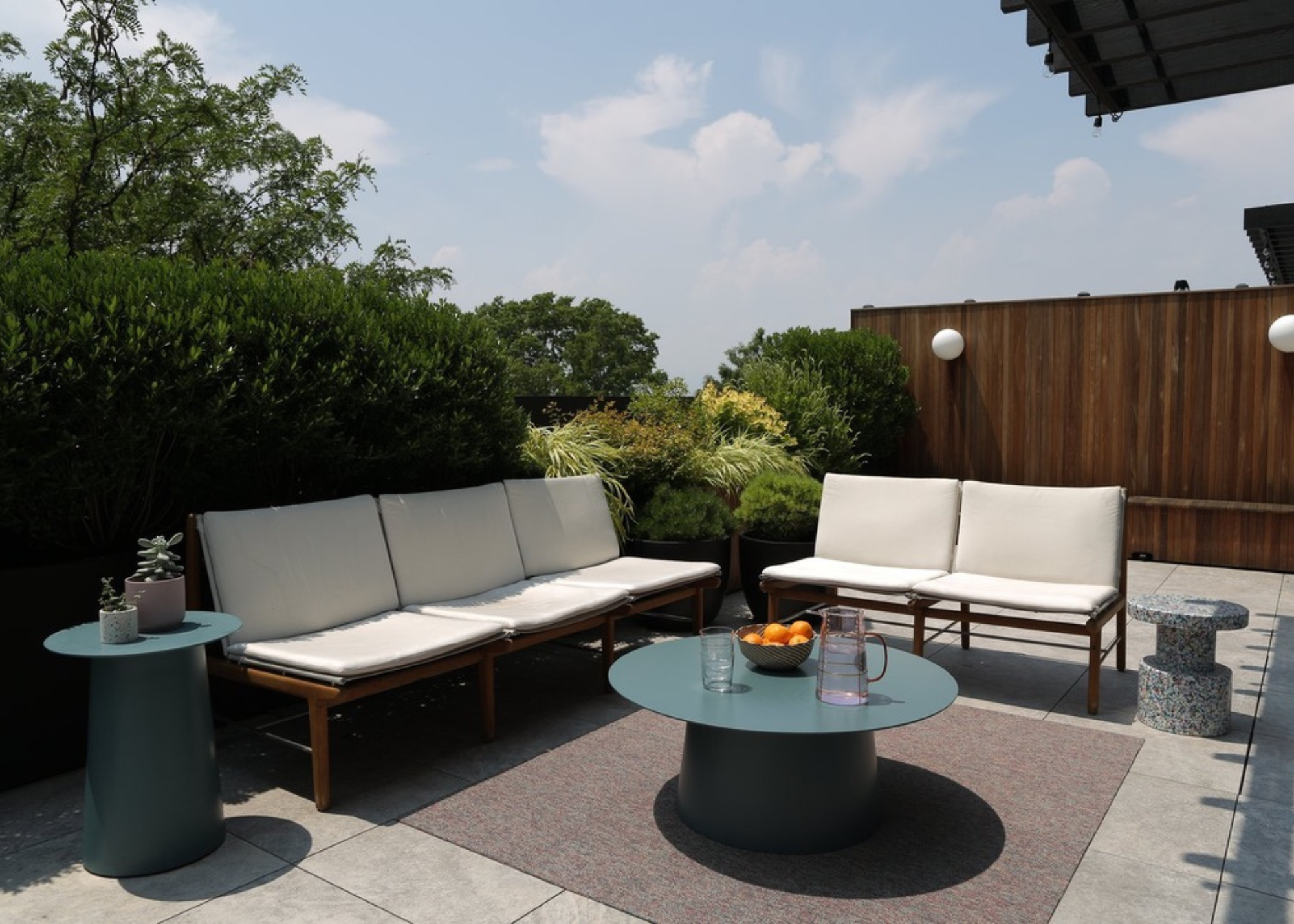
Dense hedges and high fencing come together to make this urban garden more private.
While all these ideas are brilliant tools to help block some sound out of your garden, the most crucial thing to remember for a thoroughly sound-proofed garden is the importance of layering.
As Mark Latchford explains, "None of these solutions will work in isolation, but when combined — acoustic fencing, strategic planting, clever landscaping, and thoughtful water gardens — they create a layered soundscape that significantly improves the sense of peace and privacy in your garden."
The real power of these techniques can only be experienced when used in tandem; layering an acoustic fence with dense shrubbery will not only absorb more sound but also create a more layered, beautiful garden design.
While these techniques can certainly help you effectively reduce the noise levels of your garden, that is far from the only step in creating a more private garden. Incorporating some smart garden screening ideas, or plants for privacy can also help to create a more secluded outdoor space.

Maya Glantz is a Design Writer at Livingetc, covering all things bathrooms and kitchens. Her background in Art History informed her love of the aesthetic world, and she believes in the importance of finding beauty in the everyday. She recently graduated from City University with a Masters Degree in Magazine Journalism, during which she gained experience writing for various publications, including the Evening Standard. A lover of mid-century style, she can be found endlessly adding to her dream home Pinterest board.
